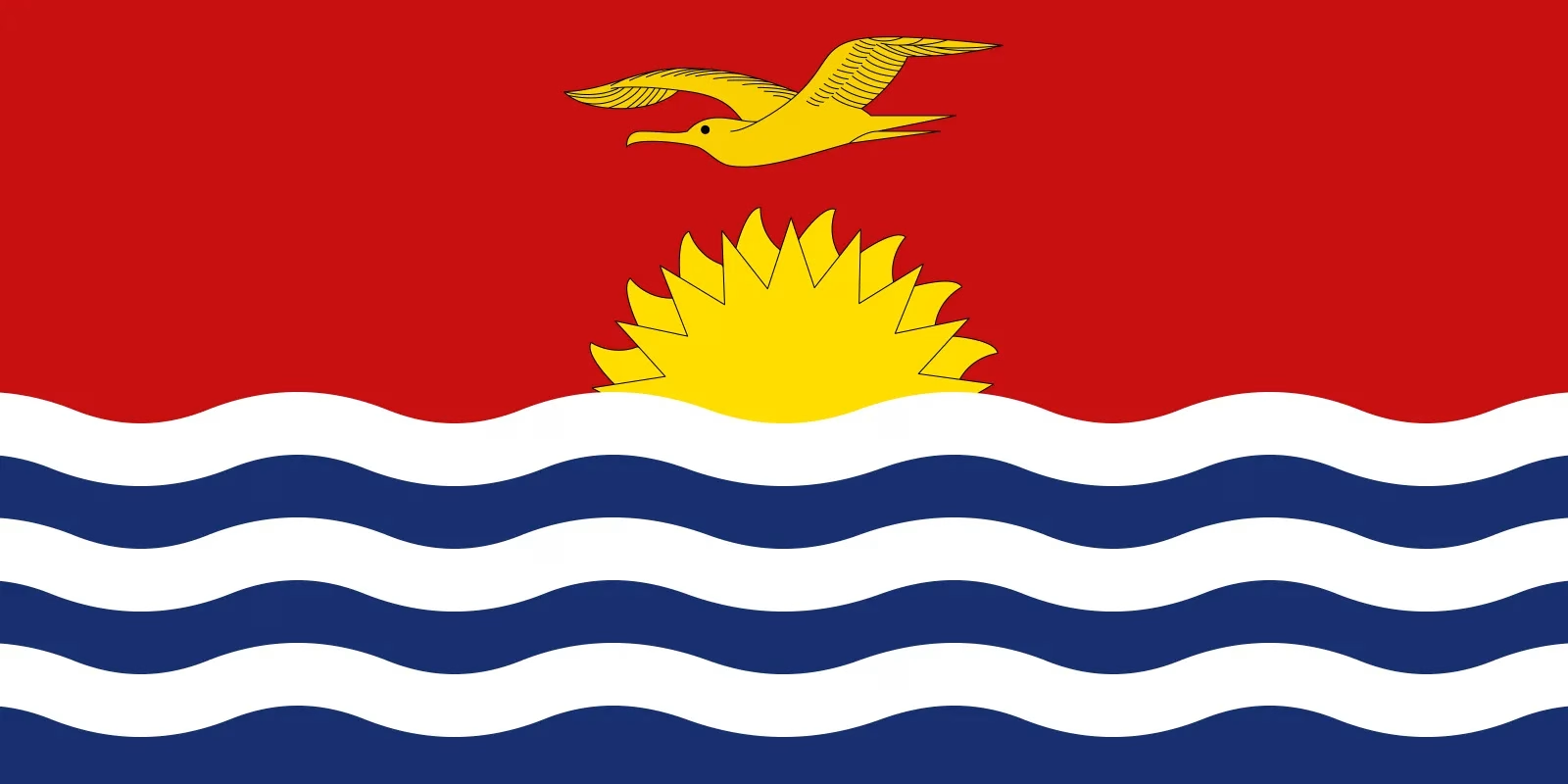Republic of Kiribati

Capital: Tarawa
Population: 132,530
Currency: Australian dollar (AUD) and Kiribati dollar (KID)
Kiribati is a Pacific Island nation located in the central Pacific Ocean, consisting of 33 islands spread over an area of about 3.5 million square kilometers, making it one of the largest island nations in terms of area. The islands are scattered across three main groups: the Gilbert Islands, the Phoenix Islands, and the Line Islands. Its capital is Tarawa, located in the Gilbert Islands, and is home to the country’s largest urban population. Kiribati is known for its tropical climate, beautiful coral reefs, and biodiversity, but is also one of the most vulnerable countries in the world to climate change, particularly rising sea levels. The economy is primarily based on fishing, copra (dried coconut meat), and agriculture, and it relies heavily on foreign aid. Kiribati is a member of the United Nations, the Pacific Islands Forum (PIF), and the Melanesian Spearhead Group (MSG).
Growth Rate
1.504
%
Fertility Rate
3.147
children born/woman
Crude Death Rate
7.046
per 1,000 people
Life Expectancy
66.5
years
Total Population in Kiribati
This graph illustrates the total population of a country over time, while also depicting the sex ratio, which indicates the number of males per 100 females in the population.
Population Density
Population Growth Rate (%)
The population growth rate shows how fast a population is increasing or decreasing annually, influenced by birth rates, death rates, and migration in Kiribati.
Life Expectancy (Years)
Life expectancy indicates the average number of years a person is expected to live.
Median Age (Years)
Median age represents the midpoint of a population’s age distribution, helping to assess whether a population is young, aging, or balanced.
Infant Mortality
Infant mortality rate measures the number of infant deaths per 1,000 live births.
Net migration in 2023 (per 1000 people)
-3.66
(-0.632)
Net migration represents the difference between the number of people moving into a country and those leaving.
Fertility Rate
Fertility rate represents the average number of children a woman is expected to have in her lifetime
Births vs Deaths
This graph compares the number of births and deaths each year.
Crude Death Rate
Crude death rate measures the number of deaths per 1,000 people in a population per year.
Source
Data is sourced from The World Bank, the United Nations Population Division (World Population Prospects: 2024 Revision), and other collated datasets, including national statistical offices, Eurostat (Demographic Statistics), and the United Nations Statistics Division (Population and Vital Statistics Report, various years).
Note: The information in the KPI is from 2023; any data beyond this year is an estimate from the United Nations.
